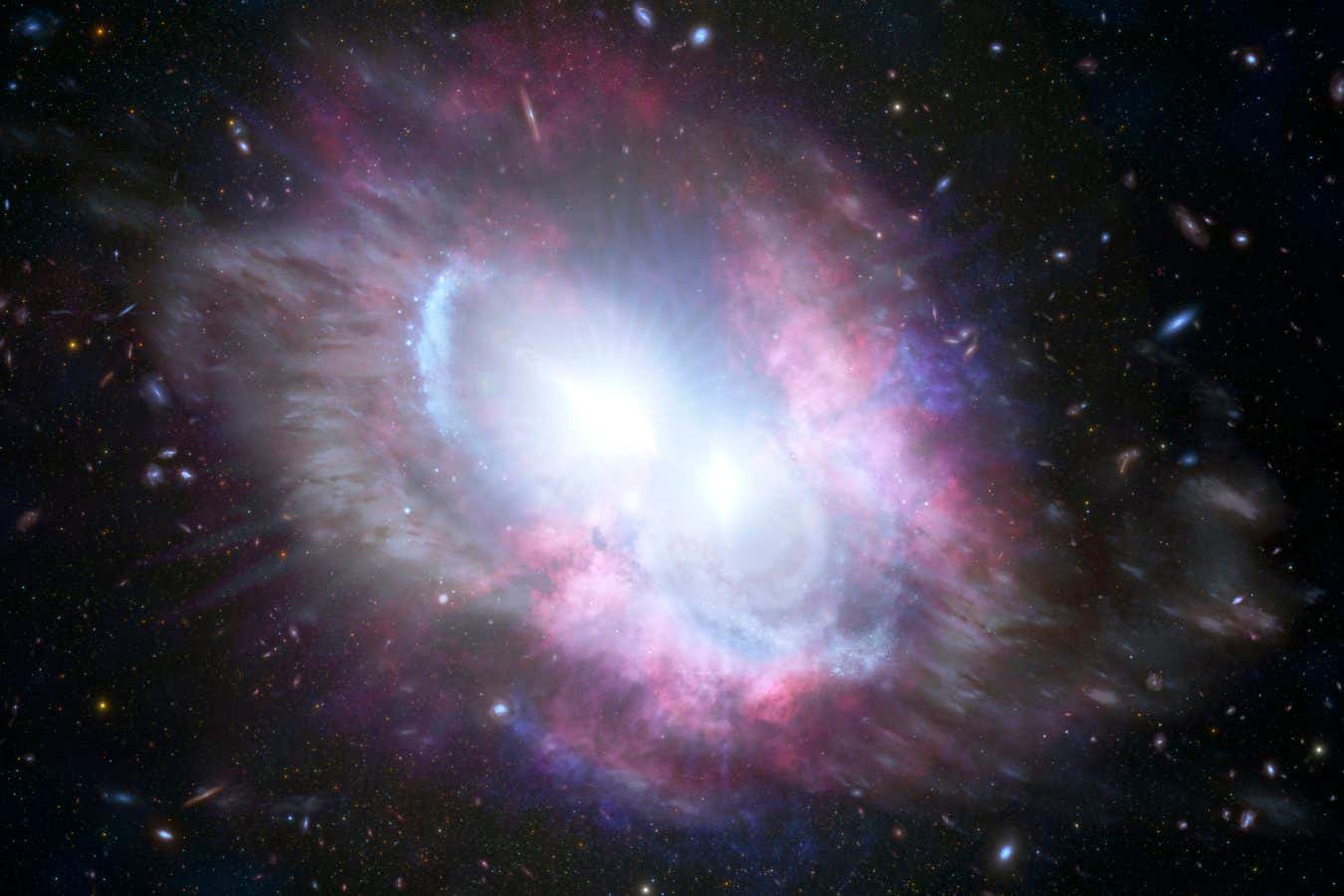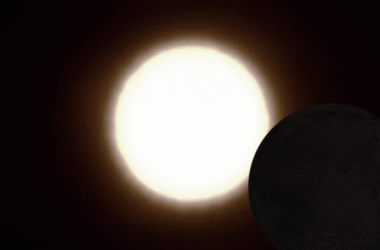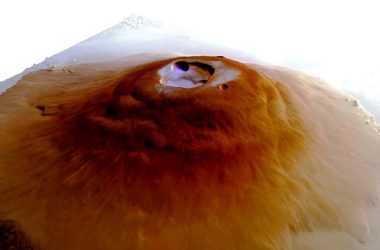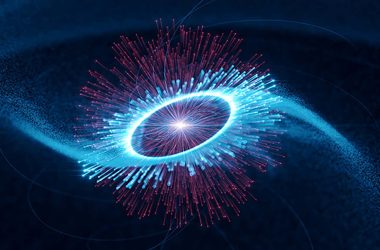Three distant quasars have bubbles of ionised gas around them
International Gemini Observatory/NOIRLab/NSF/AURA/M. Zamani, J. da Silva
Astronomers have observed three distant quasars surrounded by large collections of ionised gas known as “superbubbles”. These massive formations are believed to be caused by powerful winds swirling around the enormous black holes that fuel the quasars. It is also speculated that these same winds are preventing the galaxies hosting the quasars from generating new stars.
Guilin Liu, a researcher at the University of Science and Technology of China, and his team discovered these objects using the Gemini North telescope in Hawaii. They studied three red quasars, which are exceptionally bright examples of active supermassive black holes, and found that each quasar was located at the intersection of two large bubbles of ionised gas. These hot gas clouds were approximately 60,000 light years in diameter, earning them the term “superbubbles” in the field of astronomy.
The researchers then conducted a series of simulations to understand the formation of these superbubbles. Previous knowledge indicated that quasars generate powerful winds that can have significant impacts on galaxies, but direct evidence has been scarce.
“We have made significant efforts to detect outflows that are strong enough to cause this phenomenon,” says Liu. “Based on the evidence, we believe that the superbubbles documented in this study are a result of the powerful outflows we have been searching for.”
Alongside the formation of superbubbles, these powerful winds are expected to heat up and disperse cooler gas. This cooler gas serves as the building blocks for star formation. Therefore, when this gas is blown away, the process of star formation in the galaxy slows down, resulting in reduced activity. These new observations substantiate the occurrence of this process.
This phenomenon appears to be more common in galaxies that have recently merged. The merger supplies additional material to the black hole, leading to increased activity and strong winds that give rise to the superbubbles. This may explain why galaxies tend to become less active in terms of star formation after a merger, instead of continuing to generate new stars. “If you live in one of these galaxies, you will probably witness two ‘Milky Ways’ crossing each other in the night sky,” says Liu. “A pair of superbubbles emitting green light will be present, but due to their faintness and vastness, they are likely to be difficult to spot when you are in close proximity or even within them.”
Topics:








